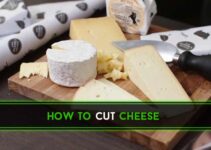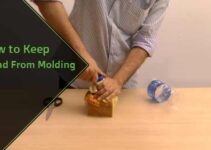Pastries are a type of small cake, usually filled with fruit or custard and covered in icing. A pastry brush is a kitchen utensil used to apply liquid ingredients such as egg, milk, cream and water to pastries and breads.
The function of this brush is not only for decoration but also for adding the liquid ingredients which are needed in order to make something like an éclair or croissant.
Pastry brushes come in many different shapes, sizes and types so it may seem difficult figuring out what type you need.
How to Clean Pastry Brush : Step-by-Step Guide
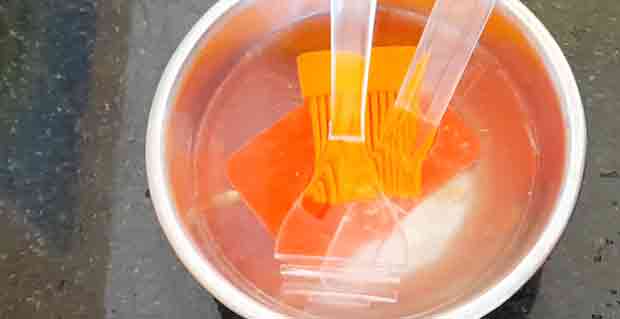
Step 01: Prepare The Baking Tray
Get an empty, clean baking tray ready. Put your pastry or basting brush on it so that it can dry while you wash the other dishes or prepare for another use.
Step 02: Wash The Brush Under Warm Running Water
Make sure to let the water run all over the bristles of the brush when you rinse the brush and let soak the brush in warm water for a few minutes.
If the food particles that are sticking to the bristles aren't loosening up, rub them with your finger in circular motions.
Step 03: Rinse off All Leftover Food Particles
Use your fingers to make sure there is no remaining food on the bristles, and then gently rinse the brush under clean running lukewarm water.
Step 04: Clean The Brush With Soap and Water
Make a lather with your dishwashing liquid and gently rub it into the bristles of the pastry brush. Rinse it under clean running water again to make sure all of the suds are gone before you move on to step 5.
Brushes are dishwasher safe, but they can warp in the high heat of a dishwasher.
Step 05: Shake Out The Excess Water
Soak the brush together so that they are nice and tight. Then, hold your hand under the bristles and shake them up and down to create a downward force on them so that any remaining water can fall out easily.
Step 06: Let Your Brush Air Dry
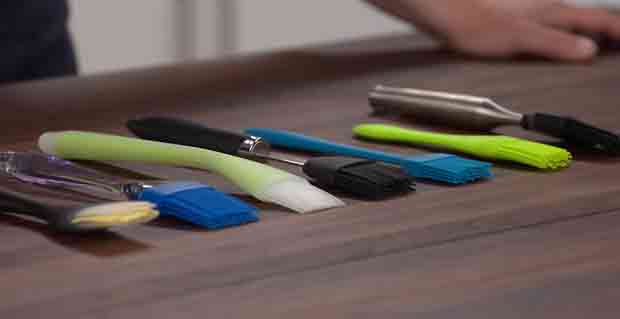
Put it back in the baking tray and let it sit for about an hour or so before you use it again.
Or, gently squeeze out excess warm water from the bristles and use your towel to absorb any drips hanging onto the handle.
Then, let the brush dry completely before storing it away for later use or cleaning another tool.
Materials You'll Need:
- A clean, empty baking tray (for drying your brush on while you do the dishes)
- Dishwashing liquid (make sure that it is not an oil-based soap if the bristles of the brushes will be coming into contact with food again)
- Clean and running warm water Toothbrush (if necessary to remove food particles stuck in the bristles base)
The Different Parts of the Brush
i) Bristles - The part of the brush that actually does the cleaning.
ii) Bristles Base - This is where you can find out more about your basting brush such as what type of bristles it has and if it's meant to be used with either oil-based or water-based soaps.
iii) Handle - The part of the brush you hold onto when cleaning.
iv) Base - The part of the bristles that connects to the handle.
v) Neck - The part where you attach a stand if needed to help dry your brush faster after washing it.
vi) Capacity Marking - Some pastry brushes have markings etched into their handles so that you can measure out how much cream you're using.
Different Types of Pastry or Basting Brush
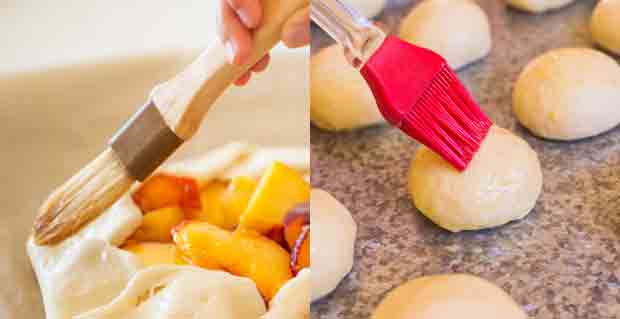
01. Silicone Brush
Silicone pastry brushes are great for basting meats or any other food that you want to give a nice sheen.
02. Mop Pastry Brush
Mop pastry brushes are similar to silicone bristles ones but they have the added feature of being able to hold liquid. This makes them ideal for brushing sauce on top of baked dishes.
03. Poultry Baster
Poultry baster is used to baste the skin of poultry with melted cream before placing it in the oven for roasting.
04. Butter Curler
Butter curler is a basting brush with a metal hook instead of a wooden handle. It's used to spread cream over the tops of baked goods before baking.
05. Natural Bristle Pastry
Egg wash brushes are usually made from natural bristle and are ideal for making pastry that has a nice shiny glaze.
Natural bristles are perfect for this job because they are soft and won't scratch or damage the dough.
06. Hair Pastry Brush
Hair pastry brushes are made from either boar or horse hairs and are considered the best choice for making fine pastry.
Silicone brushes are great for basting meats while hairstyle brushes can create fine pastry without leaving bristles matted over time.
Some pastry brushes come with a stand so that you can hang them up and allow them to air dry. This will help prolong its life and keep the bristles from getting matted over time.
Frequently Asked Questions
01. Which Type of Pastry Brush Should I Use?
It all depends on what you are trying to make. Aside from having the right pastry bristles, it's important that you know when and how to use it.
For example, if you're using a silicone pastry or basting brush for making pastry with chocolate glazes, it would not be ideal because chocolate cannot stick to silicone bristles.
If you're looking to spread melted cream over your baked good, then the Cream Curler would be the best choice for you. If it's just a standard pastry or basting brush that you need, then silicone or hair brushes are what you should look into getting.
Some pastry brushes are made with natural bristle while others are synthetic. This is purely dependent on your personal preference.
02. How Often Should I Replace My Pastry Brush?
Well, this really depends on you. There are some pastry brushes that can last for years even with constant use so if you take care of it well enough, then there's no reason why your brush should be replaced every year or so.
03. Why Do I Need Separate Brushes?
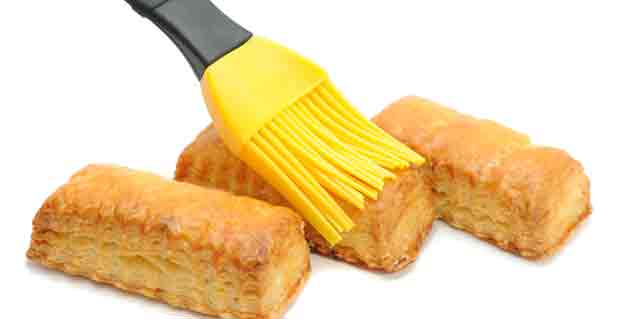
It's always good to have different brushes for different tasks (like one for baking cakes and one for making frosting). It can make things a lot easier instead of trying to use the same brush with the same texture. It's best to have at least two pastry brushes in your kitchen so that you can always have one on standby.
04. How Do I Keep My Pastry Brush Dry?
The best way to keep your brush dry is to not leave it in water for too long. You should also consider using a stand if possible and allowing it to dry in an upright position.
Conclusion
Traditional recipes for pastries include pastry crusts made from flour, sugar and butter. A pastry brush is an important tool for any baker.
If you take care of your pastry brush properly by cleaning it after use and drying it upright, then there should be no need to replace it every year or so even if you do use it often. Hopefully this article has given you some insight into how to clean a pastry brush in order to keep baking delicious treats!

